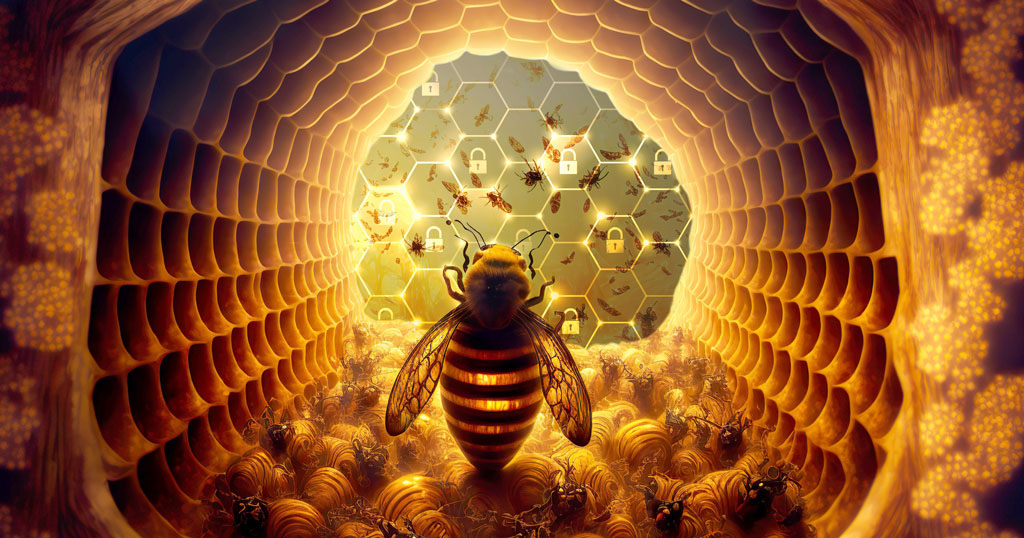Our world is a complex, interdependent system, and invertebrate pollinators such as honeybees play a pivotal role in its survival. Threats to populations numbers of pollinators like honeybees can be equated to threats to the overall health and survival of the ecosystem in which they live. Of the over 20,000 known bee species, one—the western honeybee (Apis mellifera)—acts as the single most frequent pollinator for crops worldwide (1). Found on every continent except Antarctica, the western honeybee owes its status as a top pollinator to its widespread geographic distribution, generalist foraging behavior and competence as pollinators (1).

Deadly American Foulbrood Disease
Honeybees are the most economically valuable pollinators and are threatened by several pathogens (2). Perhaps the biggest threat to honeybee colony health and survival is the bacterial disease, American Foulbrood (AFB; (3). Caused by the spore-forming, Gram+ bacteria, Paenibacillus larvae, the highly contagious AFB disease affects the young brood of colonies. When newly hatched larvae are fed spore-contaminated food, the spores germinate and replicate causing septicemia and death. P. larvae spores are incredibly resilient and can remain viable for decades (3). Each infected larva can produce over 1 billion new spores. Thus, a colony can produce large numbers of spores with just a few cases of symptomatic brood (4).
Continue reading “New Vaccine for Honeybees Could Take the Sting Out of Devastating American Foulbrood Disease”